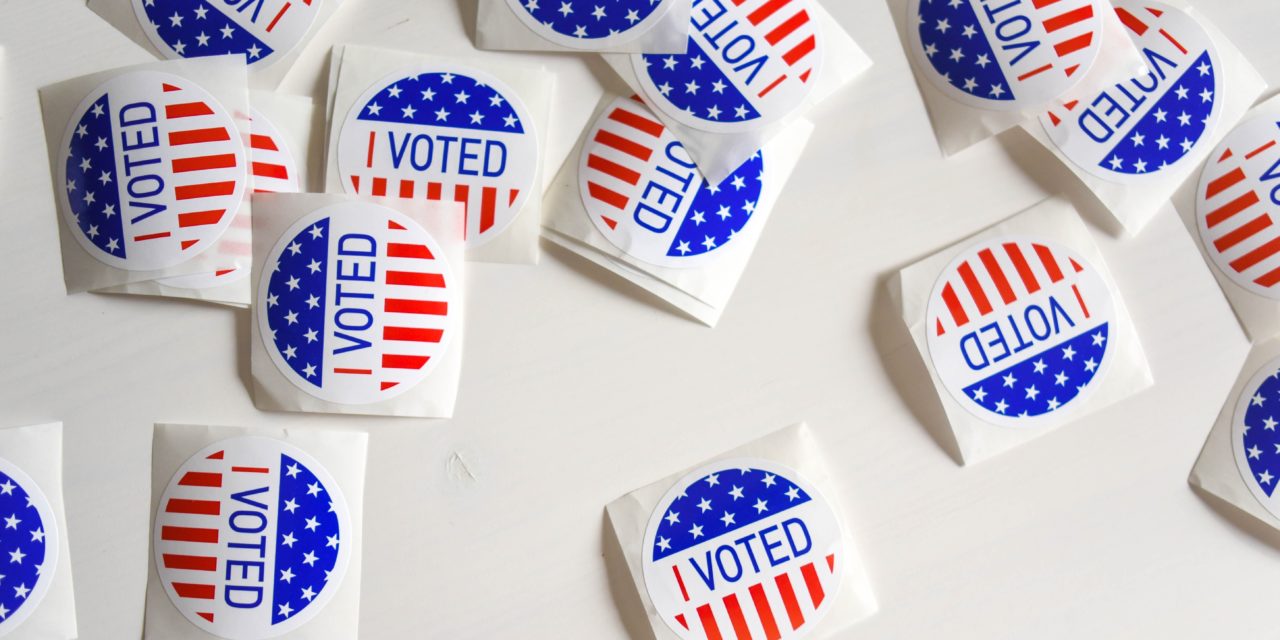Immigrants are participating in the U.S. political process in record numbers, which is a clear sign of successful integration into American society. In fact, nearly one out of every 10 eligible voters in the United States is now an immigrant.
That means at least 10 percent of the electorate has a personal connection to the immigrant experience. This has the potential to make a larger percentage of the voting population more attuned to the politics that underlie immigration.
An analysis of Census Bureau data by the Pew Research Center indicates that the number of eligible immigrant voters has grown by 93 percent over the past two decades. It spiked from 12 million in 2000 to 23.2 million in 2020. The immigrant share of all eligible voters during that period has increased from 6.2 percent of the total to 9.8 percent.
Census data shows that:
- A majority of immigrant voters are Latino or Asian. Latinos comprised just over a third of all immigrant voters in 2018, while Asians accounted for under a third.
- The largest numbers of immigrant voters were born in Mexico (3.5 million), the Philippines (1.4 million), and India (1.2 million).
- States with the largest immigrant populations—California, New York, Florida, and Texas—are also home to the most immigrant eligible voters. Together, these states account for 56 percent of all immigrant voters in the country.
- Since 2000, the states with the fastest-growing immigrant eligible voter populations have been Georgia, Minnesota, and North Carolina.
Even so, voter turnout rates among immigrant voters lag behind those of the native-born. Many face greater barriers to the polls.
Restrictive voter registration policies disadvantage minorities. Not everyone has the privilege to take time off work to stand in line at a polling place. And there may also be less outreach to immigrant communities by politicians.
In 2016, 62 percent of eligible native-born voters actually voted in the presidential election. This is compared to just 54 percent of eligible immigrant voters. But in the Latino and Asian communities, immigrants turn out to vote more often than their native-born counterparts.
Unfortunately, the federal response to the coronavirus pandemic will prevent many new citizens from being able to participate in our next election.
At the end of March, U.S. Citizenship and Immigration Services closed all of its offices to the public. This has caused significant delays in the processing of all immigration applications.
In-person citizenship interviews and naturalization ceremonies are temporarily suspended due to social distancing guidelines for the coronavirus. As a result, an estimated 441,000 immigrants may not become citizens in time to participate in the 2020 elections.
These delays aside, it’s clear that immigrants in the United States are joining in the political process in large numbers. Together with their native-born fellow voters, they are taking an active role in shaping the future of their country. This reflects a strong sense of belonging to the society in which they have made their homes.
This sense of belonging and participation in the political process has the potential to shape American politics for years to come.
Photo by Element5 Digital
FILED UNDER: Voting


